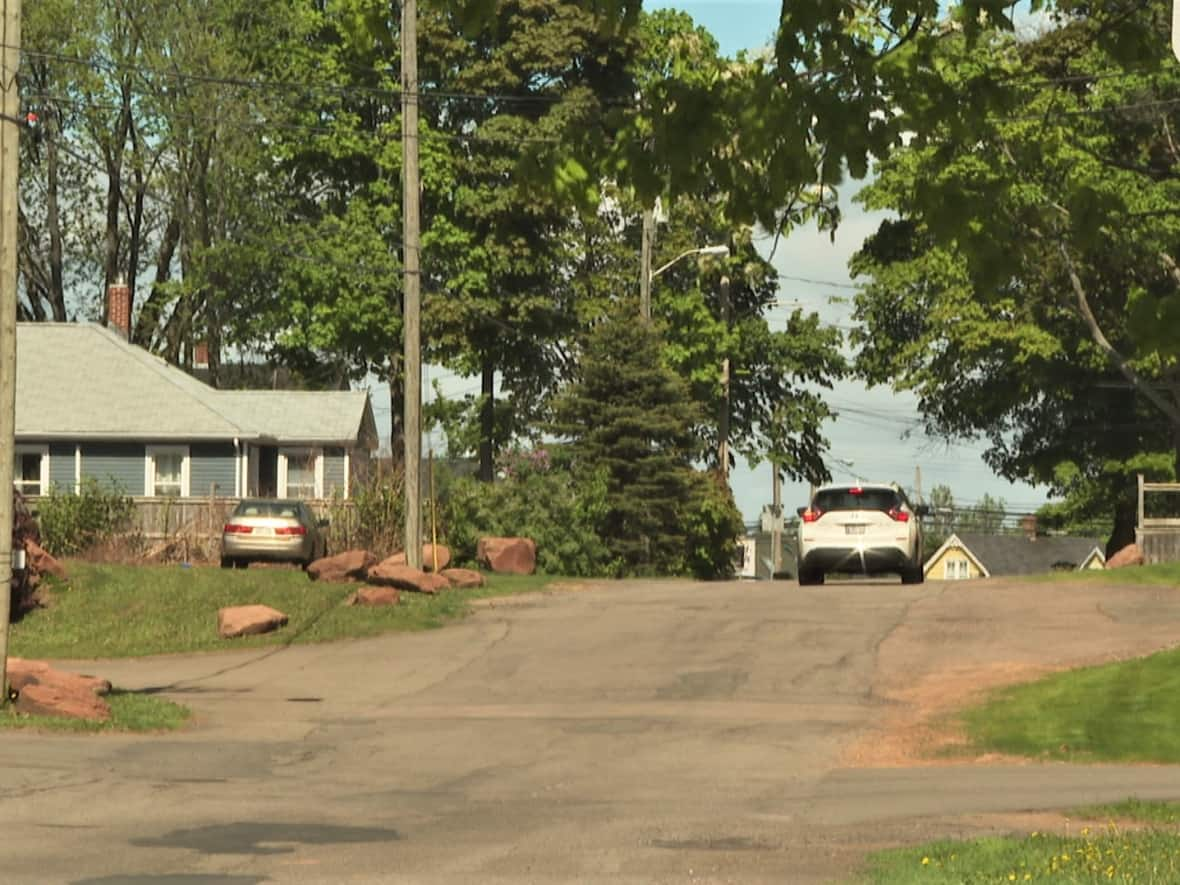Charlottetown drivers still getting used to recently installed chicane

Charlottetown public works officials will soon be putting up signage to better inform drivers of what they need to do when using the chicane on Harley Street.
A chicane is an S-curve in a street that forces vehicles to slow down to navigate it. It has been in place on Harley Street since late September.
"You kind of wiggle through the small little islands that are built to the side of the road. The ultimate goal for them is to slow down traffic because you can't drive through them very quickly," said Scott Adams, manager of public works for the City of Charlottetown.
Harley Street was under full reconstruction since June, and the chicane was built at the same time that water and sewer lines were replaced, and repaved curbs and sidewalks were installed.

The approximate cost for the entire project was around $1.5 million, Adams said.
Installing the chicane on Harley Street was necessary, he said, because it connects two busy roads — Mount Edward Road and St. Peters Road.
"If traffic starts backing up on either street, folks will just cut through this neighbourhood because it is a straight little short street, a great way to connect between those two."
Goal to calm traffic
The city installed the chicane to dissuade people from using Harley Street as a shortcut, and to reduce traffic speeds within the neighbourhood.
Although the road has been open since September, Adams said the city is waiting for a few months until they start studying how the chicane has affected traffic. He said once drivers get used to the chicane, the city will attach a box to the side of a pole to count traffic and speed in both directions.
"We hope at the end of the day we'll see a reduction in traffic on the street and also a reduction in speed," Adams added.
So far, reaction from the community has been mixed, he said, and some people are still driving over the chicanes.
"It's new, so it will take some time for everyone to get accustomed to it," he said.
Adams said there are currently no other city streets earmarked for a chicane, but that could change if studies show the one on Harley Street was a success.


